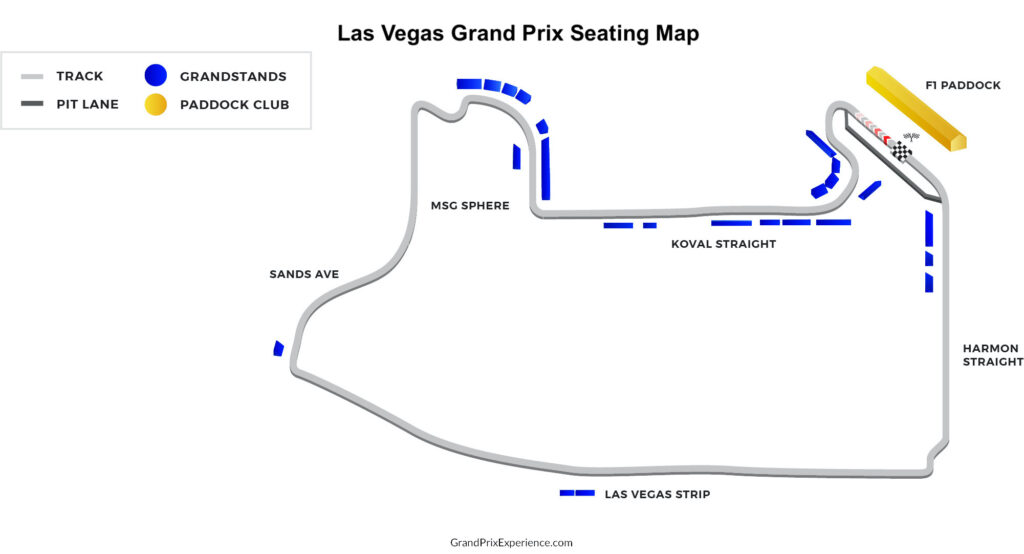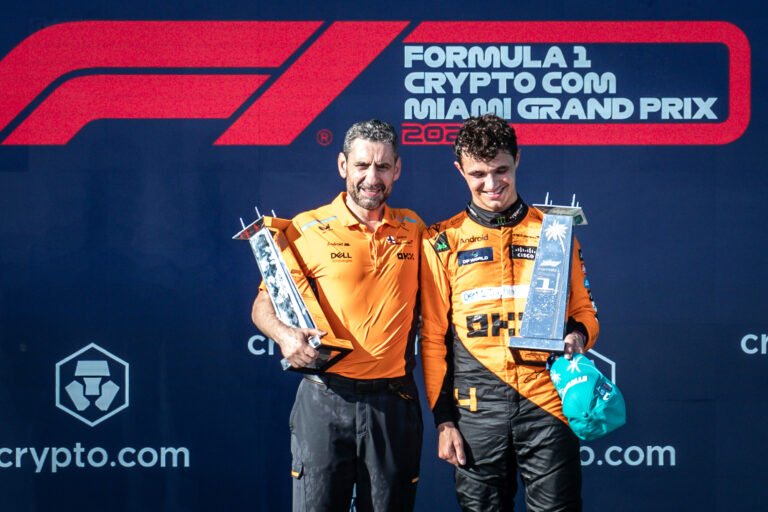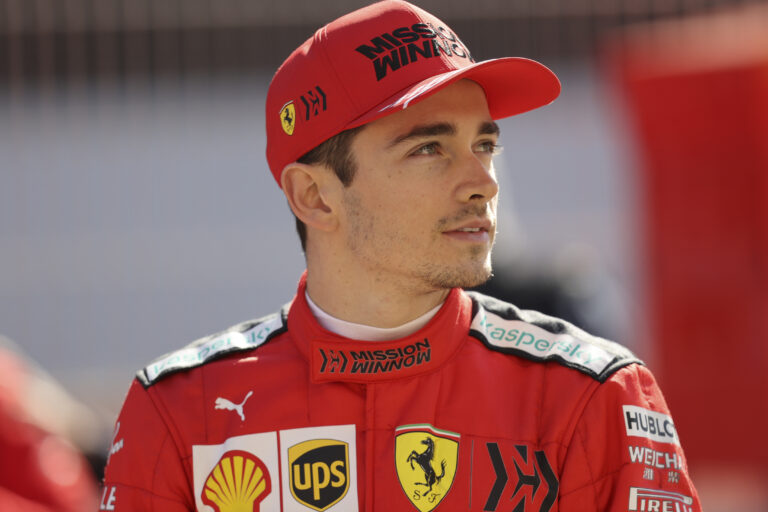The United States in Formula 1 The Most Iconic American Drivers

The United States has always had a fascinating, complicated relationship with Formula 1. While Europe grew the sport into a religion, America built its motorsport identity through ovals, dirt tracks, stock cars and open-wheel series like IndyCar. Yet throughout F1’s history, a handful of American drivers rose above the divide — men who challenged Europe’s best, won grands prix, fought for championships, and left permanent marks on the sport.
For Tickets and Package Deals to all your Favorite F1 Races Please Click Here
Phil Hill – America’s First World Champion
Phil Hill wasn’t just the first American Formula 1 champion — he was a pioneer. Soft-spoken, analytical and unusually sensitive for a racing driver of his era, Hill brought a level of mechanical understanding that made him invaluable to Ferrari during the unforgiving early-1960s. His 1961 season was a perfect display of consistency and technical finesse, culminating in him becoming the first American-born driver to win the F1 World Championship.
Hill’s style wasn’t about aggression; it was about respect for the machinery and the limits of physics. He also excelled outside of F1, becoming one of the greatest endurance racers of his era with victories at Le Mans and Sebring. Though his championship came during one of the most tragic seasons in F1 history, Hill’s place as the original American Formula 1 hero remains undisputed.
Dan Gurney – The Visionary Innovators
Dan Gurney was the complete opposite of the stereotype that Europeans had about American drivers. He was refined, brilliant, and ahead of his time — both behind the wheel and in engineering. Gurney won races for Ferrari, BRM, Brabham, and notably Eagle, becoming the only American to win a Formula 1 Grand Prix in a car he designed and built himself.
But his legacy extends far beyond trophies. Gurney introduced the now-ubiquitous “Gurney flap,” founded All American Racers, and even started the tradition of spraying champagne on the podium. Many engineers still refer to him as one of the sport’s greatest creative minds. While he never captured a world championship, he influenced future generations more than most champions ever could.
Mario Andretti – The Benchmark of American Talent

When people think of American greatness in Formula 1, they think of Mario Andretti. Charismatic, fearless, and adaptable across nearly every form of motorsport, Andretti became the 1978 Formula 1 World Champion with Lotus. His 12 Grand Prix victories remain the most of any American driver, and his 18 poles show just how naturally fast he was.
What made Andretti special was range. He won in IndyCar, NASCAR, sports cars, and F1. He succeeded on ovals, street circuits, and road courses. He fought wheel-to-wheel with the best drivers of the 70s and came out on top. To this day, Mario Andretti is considered not just America’s greatest Formula 1 driver — but one of the greatest racing drivers in history, full stop.
Richie Ginther – Honda’s First Hero
Richie Ginther often gets overshadowed by bigger American names, but within the paddock he was admired as one of the smartest, smoothest drivers of his time. A master of setup work and technical feedback, Ginther played a critical role in developing some of the early aerodynamic concepts that teams later embraced.
His greatest contribution came in 1965, when he delivered Honda’s first-ever Formula 1 victory at the Mexican Grand Prix. That win didn’t just make Honda a serious competitor — it laid the foundation for one of the most important manufacturers in F1 history. Ginther may not have collected many wins, but his influence resonates deeply.
Peter Revson – The American Challenger of the 1970s
Peter Revson was the rising American star of early-70s Formula 1. Handsome, confident, and fiercely quick, Revson combined natural speed with a polished, almost effortless driving style. His two Grand Prix victories in 1973 proved he belonged among the front-runners, and many believed he could eventually fight for a championship.
Tragically, Revson was killed in a testing accident in 1974, cutting short what could have been a sensational career. Even today, many historians consider him one of the greatest “what if” stories in American motorsport.
Eddie Cheever – The Ironman
No American has started more Formula 1 races than Eddie Cheever. With 132 Grand Prix appearances, Cheever carved out a long, resilient career across teams like Osella, Tyrrell, Ligier, Renault and Alfa Romeo. He consistently delivered strong results in midfield machinery and earned a reputation as one of the most adaptable drivers of his era.
Cheever never reached the podium heights of Hill or Andretti, but his longevity speaks volumes. After F1, he returned to the U.S. and reinvented himself, ultimately winning the Indianapolis 500 as both a driver and team owner — a testament to his endurance and racing intelligence.
CONCLUSION
From Phil Hill’s championship breakthrough to Mario Andretti’s global dominance, from Dan Gurney’s engineering genius to Richie Ginther’s pioneering victories, American drivers have proven time and time again that they can shape Formula 1 at its highest level. Even in eras when American participation faded, the legacy of these drivers remained strong enough to inspire new generations.
With Formula 1 exploding in popularity across the U.S. and more young talent aiming for Europe’s ladder system, the next great American F1 star may be closer than we think.
For Tickets and Package Deals to the Las Vegas Grand Prix Please Click Here

Sources:









